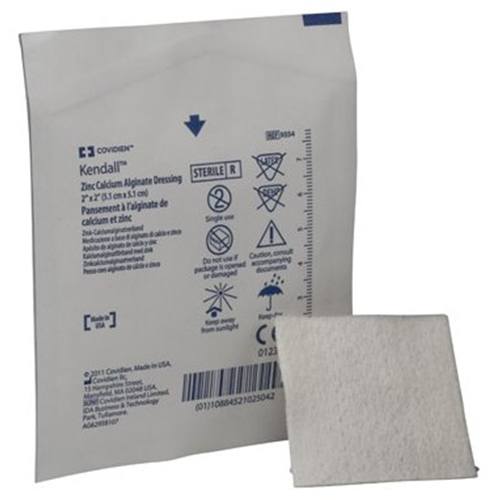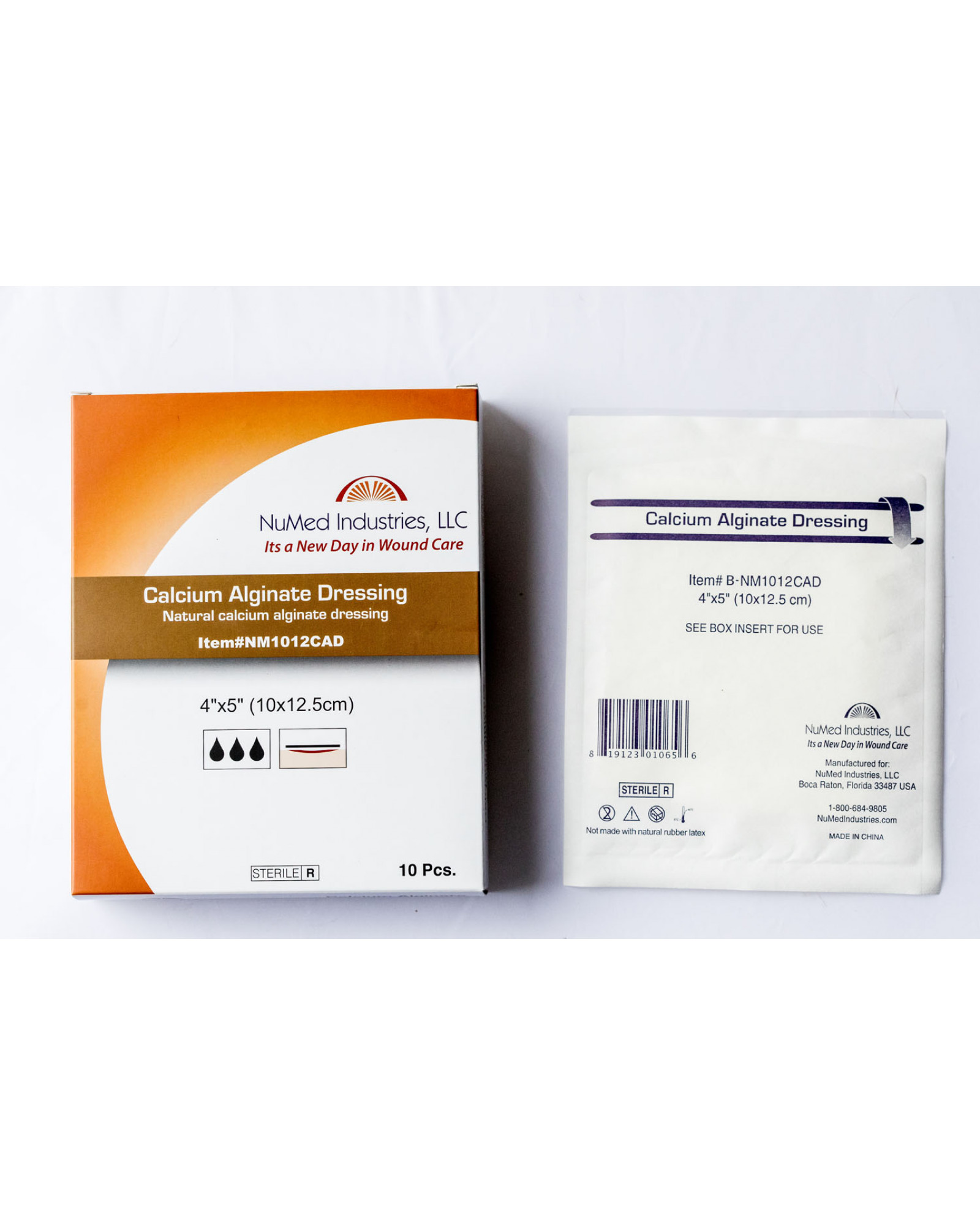

When used to dress a wound which is exuding heavily, the calcium ions in the dressing interact with the sodium ions in the fluid of the wound. How do Alginate Dressings Assist in Healing? Always refer to the manufacturer's instructions for use. Generally, these should only be used according to best practices of antimicrobial dressings for a maximum of 14 days by prescription. Some alginate dressing products also have antimicrobial materials added, such as zinc or silver. Note: These “dissolving” alginates should never be put into a sinus tract or tunneling wound. G-rich alginate dressings are easy to remove intact, while M-rich alginate dressings tend to dissolve, although they can be removed with irrigation using saline. G-rich alginate dressing creates a more chain-like and buckled gel that forms more slowly. Alginate dressing with high M groups have ribbon-like, flat molecular appearances and form a quicker, softer and more elastic gel. The nature of the gel depends on the M, G, and MG groups contained in the alginate. Other products improve stability by using freeze-dried alginate. Sodium alginate is used in some products in order to improve gelling. Some products are self-adhesive but an appropriate secondary dressing is often used to keep the alginate in place and contain excess exudate. Rope and ribbon dressings are used to pack cavity wounds, while flat sheets are used on surface wounds. Alginate dressings can absorb 15-20 times their own weight in exudate and are manufactured in a range of products including flat sheets, ropes, and ribbons. Recently, this structure has been improved by entangling the fibers so that the dressing is stronger when it becomes soaked with blood or exudate. Composition of Alginate DressingsĮarly use of alginate dressing consisted of fibers of calcium alginate formed into a loose fleece. Arguably underused, these dressings are not well studied and documented in the medical literature compared to other modern dressings. Often used on wounds with heavy exudate, the alginates used to produce these dressings are made from a variety of seaweeds harvested around the world.

By the WoundSource Editors What is an Alginate Dressing?īiodegradable alginate dressings made from seaweed date back at least fifty years and commercially available alginate has been available since 1983.


 0 kommentar(er)
0 kommentar(er)
